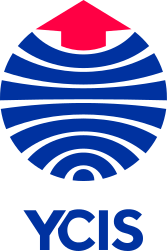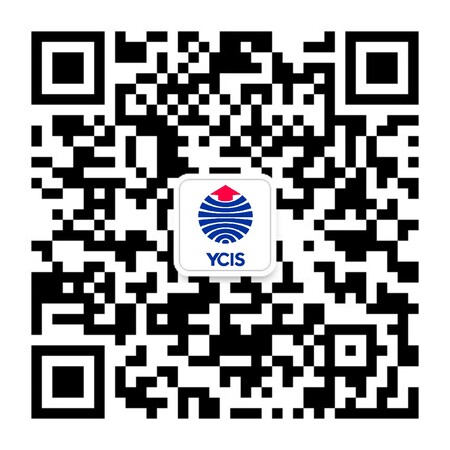Go Back
News
News
Primary Science Week: Eureka, It All Starts with an Idea
News
17 Nov, 2017
10 : 00
This week, Yew Chung International School of Beijing Primary students poured their creative energies into a topic not commonly associated with abstract thinking – science. Yet, during Primary Science Week, students became junior inventors as they were tasked with designing, building, testing and exhibiting their own imaginative creations.
Taking the theme “Eureka, It All Starts with an Idea”, this year’s Primary Science Week also took a project-based-learning approach, as students were given a great amount of freedom to discover, and subsequently follow, their curiosities. Teachers provided feedback and frameworks, but, after receiving the challenge (such as “create a flying machine”), students then had to follow their prompt through to completion.
Below, Y1 co-teacher Harry Chambers discusses more about Primary Science Week, including what soft skills students practiced during the inventing process and tips for parents who would like to do similar projects with their own children at home.
Soft Skills Development
When planning Science Week, the first step was for teachers to get together and brainstorm ideas. We discussed how to incorporate additional learning outcomes into the project, such as soft skills development. We talked about how to make Science Week cross-curricular, as well as being fun and engaging for students.
The topic of inventions sprang from those considerations. In having students create their own vehicles or flying objects, they had to combine elements of science, math, and design, while also flexing their creative muscles. Students also needed to conduct research and be able to work collaboratively with their classmates. Especially for young children, who always want to be the first to speak, it was important to reinforce the need for them to take turns and listen to others.
Inventing at Home
During this year’s Primary Science Week, students came up with a wealth of ideas and inventions while having fun in the process. Yet for students who don’t attend YCIS Beijing, this activity could also be done at home by following a few simple steps:
1. Theme: Parents should think of a theme that can guide their children’s invention, such as “create a vehicle that moves on land”. Using that theme, the student can then take over. Parents, therefore, are not feeding children information, but rather are guiding them through a theme and then the series of steps they should take.
2. Design: The second step is for students to brainstorm and design their invention. One of the best tools for brainstorming is to use mind maps. Set a 10-minute timer, and then ask children to use the mind map to write down as many ideas as possible, branching off in as many directions as their creativity will take them. When the time is up, prod them to then draw a design of the vehicle, including all of the parts and materials they need to make it come to life.
3. Create: The third step is for students to actually create the vehicle. Yet don’t tell them how to make it, that’s up to them. The child is their own leader. Parents are simply there to facilitate, asking questions such as, “Now that you have the idea in your head, let’s think about axels and wheels, and can you tell me how the wheels will turn?”
Parents can lay out the materials in front of children, and then let them roll with it. If chaos ensues, parents can always step in, but we want children to get into the mindset that it’s up to them. Of course, they’re not going to get it right the first time, but that’s what learning is. It’s trial and error.
4. Exhibit: The final step is for the students to exhibit their inventions. This is when they can show off their hard work for family and friends, and receive the positive reinforcement that will motivate and propel their future learning.















